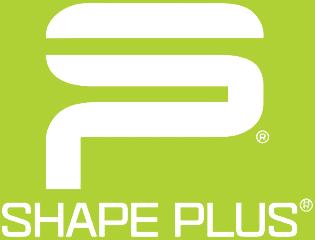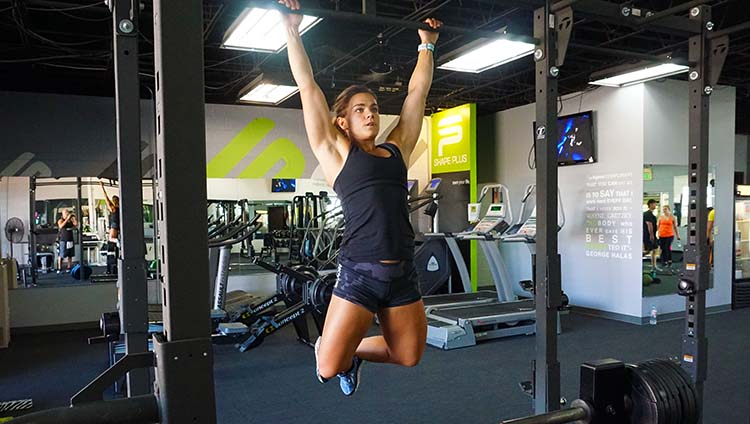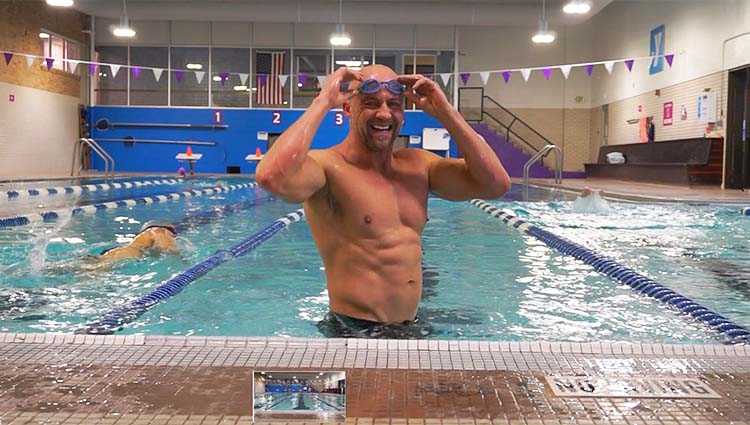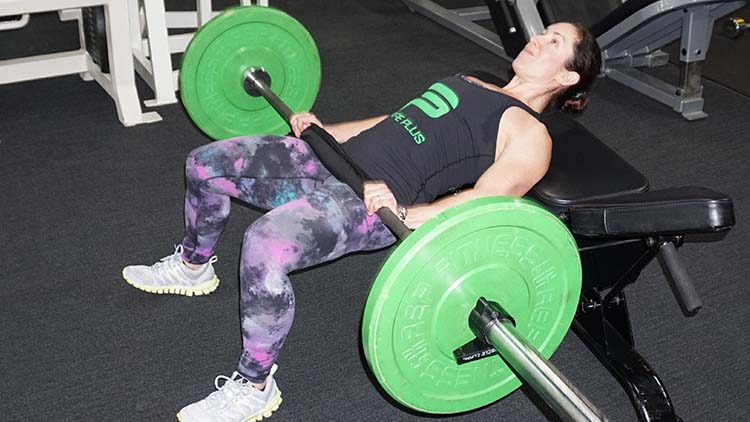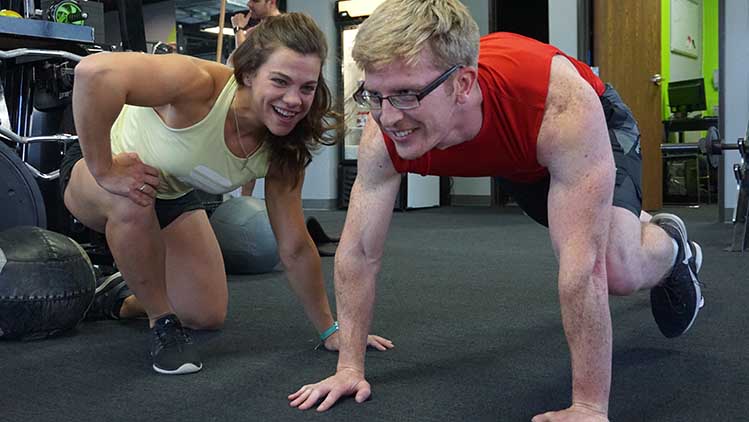Pull-Ups are a true testament to an individual’s overall strength. You are strictly pulling 100% of your body’s weight, which is not easy but is beyond satisfying. The compound exercise of a pull-up primarily engages the latissimus dorsi, biceps, deltoids, pectoralis major and core. Talk about an upper body workout within one exercise!
These are just a few of so many great reasons to learn how to do a pull up and we are going to teach you how.
The Benefits of Doing Pull-Ups
So other than this compound exercise requiring the engagement of several muscles groups in one motion…Why Pull-Ups? They certainly look impressive at the gym but what other benefits do you derive from doing Pull-Ups? Research has shown that incorporating pull-ups into your workout regiment can improve the following:
- Functional strength
- Grip strength
- Posture
- A well-balanced rock star physique
Your interest might be peaked to do more pull-ups but what if you can’t do one strict pull-up? That’s fine! Majority of people cannot do pull-ups; thus, neglecting the training it takes to be able to do one. If you’re going to spend time in the gym, might as well work towards a goal that will separate you from many and empowers your body and mind. All that is asked of you is your time, patience and hard work and before you know it your chin will be above the bar.
Watch the video – 1:22
The Pull-Up Progression
First things first, approach a pull-up bar and see what you can do. Create a basis for yourself so you’re able to measure your progress. Then, make a timeline to attempt pull-ups again. 4 weeks, 6 weeks, 8 weeks and 15 weeks. This won’t be an overnight process but if your second attempt is better than the first, that’s success. Let it motivate you.
Now that you’ve created a base level for your pull-ups, the training begins. The following breakdown is our recommended progression you should follow.
Phase one: Isometric Holds
Goal: 4 sets of 30 second isometric holds, 2 min rest between sets
- Week one: 2 sets of 10 second holds, 45 sec rest
- Week two: 3 sets of 20 second holds, 1 min rest
- Week three: 3 sets of 30 second holds, 1 min rest
- Week four: attempt 4 sets of 30 second holds, 2 min rest between sets
For an isometric hold, you are simply holding yourself at the top motion of the pull-up. When you engage and hold the muscles required for a pull-up, there’s significant activation and recruitment of the muscle fibers. Thus, leading to a stronger back.
A pull-up bar or smith machine bar are appropriate to use for this exercise. If you’re using a pull-up bar, you will jump to get to the peak contraction of the pull-up (chin above the bar). If you’re using a smith machine, push with your legs to get you to the peak contraction but engage your back and arms when holding.
Once you’ve mastered the isometric holds, move on to phase two!
Phase two: Negatives
Goal: 3 sets of 4 with a 5 second countdown
- Week one: 2 sets of 2 pull-ups with a 3 second countdown.
- Week two: 2 sets of 3 pull-ups with a 3 second countdown.
- Week three: 3 sets of 4 pull-ups with a 3 second countdown.
- Week four: attempt 3 sets of 4 pull-ups with a 5 second countdown.
For this phase, hopefully you’re comfortable using just the pull-up bar. You will still be jumping to the peak of the contraction; however, on your way down it will be slow and controlled. That is the “negative” contraction.
For an industry that can be overwhelmingly positive, there is great emphasis on the negative (eccentric) contraction of a movement. This is because negative repetitions will allow more overload of the muscles required for pull-ups.
If you’ve successfully this phase, move on to phase three!
Phase three: Assisted pull-ups
Goal: 3 sets of 8, while still incorporating slow negatives
Assisted pull-ups can be performed in several ways.
- Assisted pull-up machine
- Resistance bands
- Partner
All three options will allow you to do most of the work of a pull-up with just a touch of assistance. Don’t forget, you are still doing the work – so work hard! For assisted pull-ups, perform your pull-ups with just enough assistance to get you to the recommended 8 reps. As you progress each week, use less assistance whether it’s decreasing the weight on the assisted pull-up machine, using a less resistant band, or by simply having your partner do less for you.
Test your goal and if you’re able to rock out 3 sets of 8, find out if you’re able to do a pull-up!
Phase four: Pull-Ups
Hopefully, you’ve reached the point where you’re able to knock out a few strict pull-ups all on your own. Congratulations! Now that you’ve accomplished your goal of doing pull-ups, you can’t stop there. The only way to get better at pull-ups is to do pull-ups.
- Do as many reps until failure (failing is succeeding in the fitness industry)
- Change up grips i.e. narrower, wider
- Start your workout with pull-ups
- End your workout with pull-ups
- Do pull-ups anywhere/anytime
Your fitness goals should never stop. Once you accomplish one goal, the next goal awaits you. So now that you’ve mastered pull-ups, what’s next?
